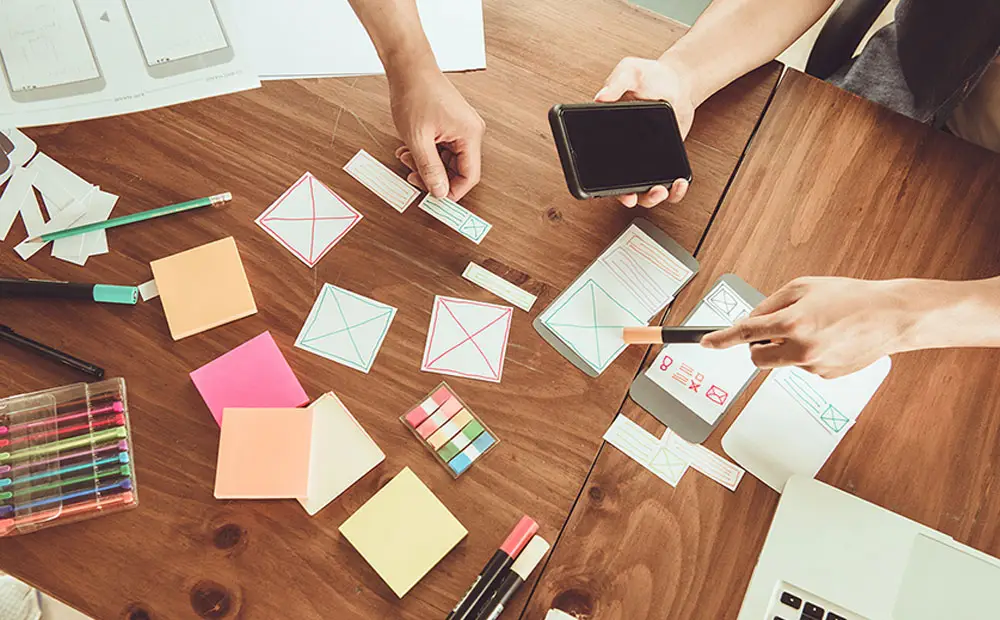User Experience (UX) design is a complex, elaborative, and a key part of every digital portal, be it a website, mobile, or an ERP application. With the competition increasing in every domain, we have seen a steady upward trend in design investment for organizations prioritizing Customer Experience (CX) to gain a vital competitive advantage. Over the past two decades, ITCube has worked on the design & development of some of the most complex enterprise digital solutions for its customers globally. In this blog, we are highlighting the different stages in a perfect UX Design and strategy process.
Understand
This is the first step in the UX design process. Before starting any project as a UX designer you first need to understand your users and business goals. You need to identify what problems users are currently facing and how you as a designer or your design are going to solve that business problem. The second most important aspect is to align your UX design strategy solution with business goals. In this phase the focus in on analyzing the problem users facing and what are the business goals.
Research
UX design is a data-driven process, since you have already identified the business and user problems, you also need to validate it with some real users who will provide you with valuable data by conducting user interviews, surveys, focused group sessions, or by doing usability testing. This data will give you real concrete evidence. You don’t need to interview everyone who will be using the digital portal; 3-5 users’ data will be enough to analyze the user problems, this will eventually help you in co-relating the user and business challenges.
Analyze
Since you have enough data, start analyzing it. Start creating personas based on your data findings. You can easily extract the user frustrations, pain areas, user needs, expectations, and user behavior from it. This stage of the UX Design conceptualization is key as it forms the base of the next stages that we will be reading about. Being able to analyze the findings is thus as important for any UX Design service provider as it is for them to be creative minded.

Design
Design is the stage where the UX designer creates sitemaps, wireframes, user flows, and mockups. Wireframes should convey the overall description of the user interface. It is an important tool for UX designers to validate their solutions on paper or by doing low fidelity wires to reduce wastage and rework efforts that can cost the entire team time and money at a later stage.
Develop
This is the stage where UX designers need to collaborate with the development team to shape the final product. This is a very important stage because as a UX designer you need to educate and make the development team aware of your design psychology, your design logic and answer their queries to ensure everyone is on the same page and has common goals. UX designers need to act as directors who can manage and should be able to navigate the team for a better outcome.
Test
This is the step where the UX designers need to test the design solutions based on users’ feedback, suggestions, and check if the design solves the user’s current issues or not. Findings from the above data shall help them to iterate designs accordingly before deployment.
ITCube has been weaving effective and intuitive Design for digital solutions for clients in various domains such as Construction, Public Utility, Healthcare, Sports, etc. for many years and this has helped the company garner a reputation for being one of the best agencies offering UX designing services. If you are looking for an experienced and industry-leading UX design agency, contact us today and discuss your project with our team!

